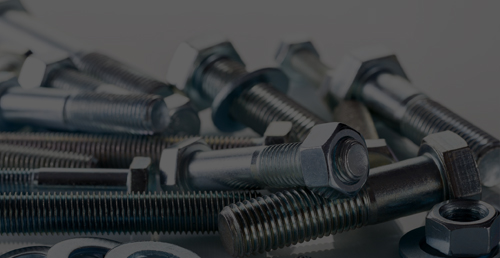Effective Strategies for Choosing the Right Masonry Wall Anchors for Your Construction Projects
Understanding Masonry Wall Anchors Types, Uses, and Installation
Masonry wall anchors are essential components used in construction and building maintenance to provide stability and support to structures made of brick, stone, or concrete. These anchors are designed to secure walls and prevent them from collapsing or shifting due to external forces such as wind, seismic activity, or settlement. This article explores the different types of masonry wall anchors, their applications, and the basic installation process.
Types of Masonry Wall Anchors
There are several types of masonry wall anchors, each tailored for specific applications. The most commonly used types include
1. Expansion Anchors These anchors are designed to expand against the walls of the drilled hole when a bolt or screw is inserted. Expansion anchors are ideal for light to moderate loads and are commonly used in residential applications such as hanging shelves or fixtures.
2. Sleeve Anchors Consisting of a metal sleeve and a bolt, sleeve anchors are versatile fasteners that can be used in a variety of masonry materials. The sleeve expands as the bolt is tightened, providing a secure hold. Sleeve anchors are suitable for heavier applications and are commonly used for attaching railing systems and fixtures to masonry surfaces.
3. Lag Shield Anchors These anchors consist of a shield that expands when a lag screw is inserted, making them ideal for heavy loads. Lag shield anchors are often used in commercial construction for securing equipment or structural elements.
4. Toggle Bolts Typically used for hollow walls and ceilings, toggle bolts can also be effective in certain masonry applications. When installed, the toggle expands on the opposite side of the wall, distributing the weight and providing a strong hold for light fixtures or wall-mounted items.
5. Threaded Rods In situations requiring strong connections, threaded rods can be combined with various anchors to create a robust anchoring system. This option is commonly used for structural applications, enabling secure connections between masonry walls and other materials.
Applications of Masonry Wall Anchors
Masonry wall anchors are utilized across various sectors, including residential, commercial, and industrial construction. Some common applications include
- Reinforcing Structural Walls Anchors are critical for stabilizing load-bearing walls and preventing structural failures that may occur due to settlement or pressure.
masonry wall anchors

- Mounting Fixtures and Equipment Anchors allow for the secure installation of heavy fixtures such as shelves, cabinets, or industrial equipment, ensuring safety and functionality.
- Preventing Wall Movement In areas prone to seismic activity or extreme weather conditions, masonry wall anchors help resist lateral forces, reducing the risk of wall movement and potential collapse.
- Brick Repair For older buildings, anchors may be used to secure bricks in place and prevent further deterioration over time.
Installation Process
The installation of masonry wall anchors typically involves the following steps
1. Select the Right Anchor The choice of anchor depends on the load capacity required and the type of masonry material.
2. Drill a Hole Using a masonry drill bit, create a hole in the wall that matches the size of the anchor being installed. Ensure that the hole is clean and free of debris.
3. Insert the Anchor Place the anchor into the drilled hole, ensuring it is flush with the surface of the masonry.
4. Tighten the Fastener If using a bolt or screw, tighten it securely into the anchor. Ensure that the installation is snug, but avoid over-tightening, which could damage the masonry.
5. Test the Anchor Before hanging heavy items, test the anchor to ensure it has been installed correctly and can support the intended load.
Conclusion
Masonry wall anchors play a vital role in ensuring the stability and safety of constructed environments. By understanding the types of anchors, their applications, and proper installation techniques, builders and homeowners can create secure, lasting structures that withstand the test of time. Whether for new constructions or repairs, the right masonry wall anchor can make all the difference in maintaining structural integrity.
-
Weatherproof Plastic Expansion Anchors for OutdoorNewsJun.06,2025
-
Sustainability in the Supply Chain: Eco-Friendly TEK Screws ProductionNewsJun.06,2025
-
Load-Bearing Capacity of External Insulation FixingsNewsJun.06,2025
-
Double Head Bolts: Enhancing Efficiency in Industrial MachineryNewsJun.06,2025
-
Corrosion Resistance in Chipboard Screws: Coatings for Wholesale DurabilityNewsJun.06,2025
-
Butterfly Toggle Bolts : Enhancing Structural ResilienceNewsJun.06,2025
